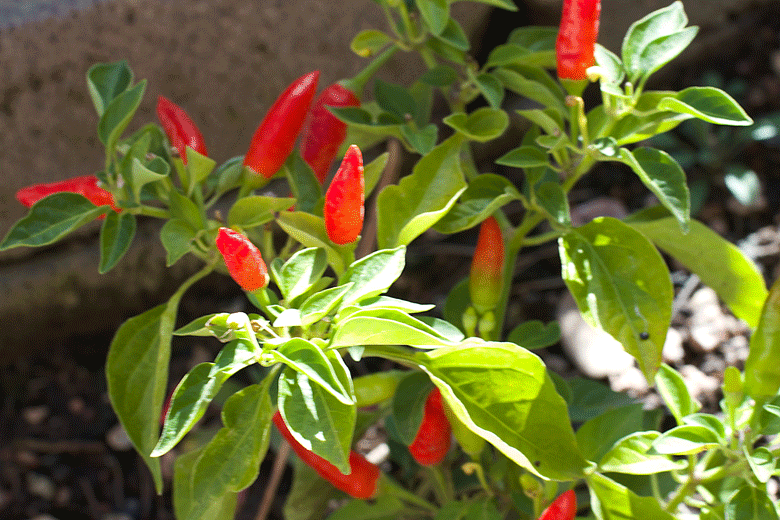
Lajiao
The generic term for Chillies in China is ” lajiao”. The term is used when not referring to a specific cultivar or variety. It is a generic word for Chillies. Most Chinese cooks however, have their own favourites. They certainly wouldn’t refer to Chillies just using this reference. They would be far more specific.
When it comes to how many Chinese Chillies there actually are, the definitive answer is hard to find. It seems that many cultivars have been developed to cater for specific local tastes. Special selection and breeding have shaped, sizes, colours, and pungency levels to meet local needs.
These Chillies are often named after local names that describe the Chillies shape. Examples of these names include the Chicken toe Chilli, Cow-horn pepper, Cherry pepper, and Chicken Heart Pepper.
China is a huge country with over a billion citizens. The variety of cultivars that are produced to meet the needs of so many people must surely run into the thousands.
The most used Chillies
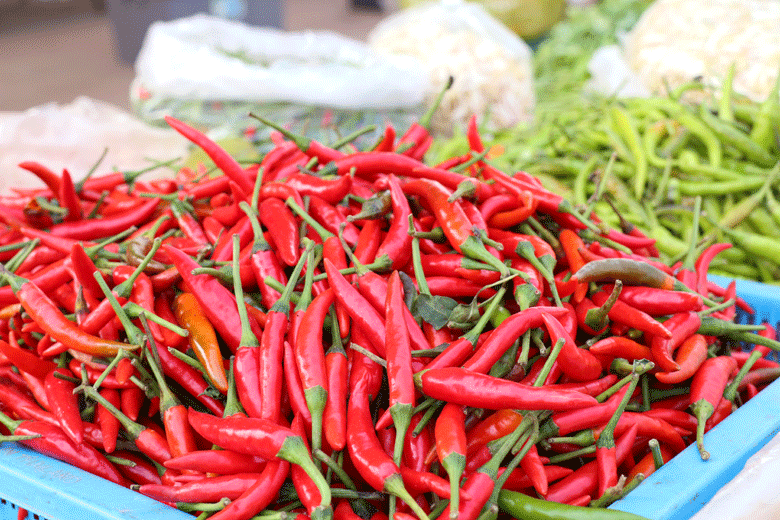
A list of Chinese Chillies
With so much diversity, this list can only cover the more well-known Chillies in China. Besides the popular Zidantou (bullet Chillies) and Qixingjiao (Sichuan seven-star Chilli , the following Chillies are the most widely used and known in China.
Erjingtiao Chilli
This Chilli is the most popular Chilli in Sichuan cooking. It is used to make Chilli bean paste (Doubanjiang), It is also widely used (among many other uses) to make Chilli oils, pickles and Chilli powders. Another popular way of eating Erjingtiao Chillies is as a fresh vegetable. It is served with salt and soya sauce.
The Erjingtiao Chilli has a distinctive J shape. It grows to between four and five inches long and is deep red when ripe. It is because of this distinctive red colour that it is often used to make Chilli oils.
Its flavour is said to be robust, fragrant and sweet with fruity raisin notes. It has a medium pungency of between 15000 and 20000 Scoville heat units.
In line with many other Chillies used in Sichuan cooking, the Erjingtiao Chilli is sun-dried. It is then dried further indoors before packaging. Erjingtiao Chillis are widely used in a dried form along with Sichuan pepper to make stir-fries with rice, vegetables, meat, poultry and sea food.
Chaotianjiao
This Chilli is also known as the Facing heaven Chilli. It gets its name from the fact that the Chillies grow upwards. It is a cone-shaped Chilli that is extensively used in Sichuan and Hunan cuisine. It is quite pungent with a Scoville rating of approximately 75000 SHU. The pods grow to between one and a half and three inches long . They can grow up to an inch in width. The pod narrows to the conical shape of the Chilli. When fully ripe, it has a deep red colour. Its flavour is said to be very aromatic, with citrus notes
Because of the attractiveness of this Chilli, it is often used whole in dishes. This is generally in its dry form. It is also used to make dishes like Gong Bao Ji Ding (spicy chicken with Cashews), Shui Zhu Niu Rou ( spicy boiled beef) and Ganbian Ji (deep-fried chicken). It is also used to make Chilli oil
Hainan Yellow Lantern Chilli
The Hainan Yellow Lantern Chilli is a plump, yellow Chilli that originated from the Hainan island in South China. It grows to about two inches long and to just over an inch wide. It is thought to resemble a Habanero Chilli in terms of flavour, taste and pungency. It has a Scoville rating of 300000 SHU.
Hainan Yellow Lantern Chillies are mainly used for making hot sauces. These sauces are so popular that they even are a standard offering on Hainan’s regional airline. The taste is said to be fruity with a tart aftertaste, once the burning sensation has set in. Another use for this Chilli include adding pungency to seafood dishes. Many restaurants on Hainan Island offer crab, tiger fish, prawns and squid dishes that have been prepared with Hainan Yellow Lanterns.
It falls under the Capsicum Chinense species. This is the same species as the Habenero and the Scotch bonnet. It is known to be related to these Chillies. It very probably was initially brought to Hanain island in maritime trade. From there, as with other Chillies brought to a new environment, it developed its own character. A Chinese favourite
Xiaomila (little rice Chilli)
Together with the Chaotianjiao ( The facing heaven Chilli) and the Erjingtiao (two vitex Chillies), these small Chillies are one of the most commonly used in Chinese cuisine. They are called “Little rice Chilies “because of their relatively small size. The Xiaomila Chilli pods only grow to about an inch in length. They ripen to an orange coloured red.
Xiaomila Chillies are from the Yunnan province in China. While they are commercially grown, they are the only Chilli that grows in the wild in China. They are from the Capsicum Frutscens species. Together with other Chillies like African devils, Malaguetas, Cabai Rawit, Siling labuyo, Xiaomila pepper and Tabascos, these Chillies grow on shrub like bushes. In warmer climates, they are perennials. Another characteristic they share with these other Chillies is that their fruit grows upwards.
Xiaomila Chillies are relatively spicy. They are used to make Sichuan dishes like Lazi Dry Pepper Chicken Wings, Lajiaoyou (Chilli oil), Mala Xiang Guo ( Stir-fried hotpot cooked twice), and Shangxin Ban Kongxincai (tragically hot water spinach salad). The Chilli is also used in Chilli flakes and powders.
Finally
As mentioned, this list only covers some of the most well-known Chillies in China. Others include Chinese five colour Chillies, Yunnan wrinkled skin Chilli. Tien Tsin, Yunnan Shuan Shuan Chilli, Chi Chien and Thai Bird Eye Chillies. There are many more
Image credits
umami / CC BY NC 2.0 / via Flickr
Alan Levine / CC BY 2.0 / via Flickr


The use of Chillies in China
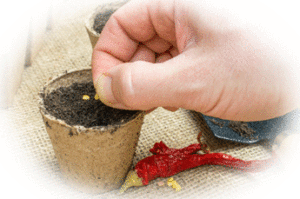 growing season and protect your plants from cooler temperatures and harsh weather conditions.
growing season and protect your plants from cooler temperatures and harsh weather conditions.

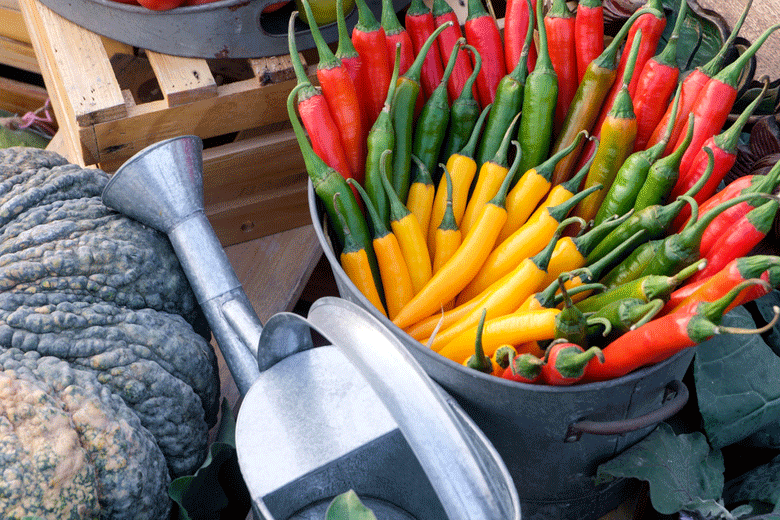
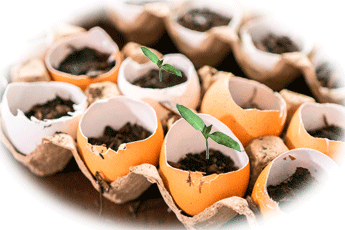
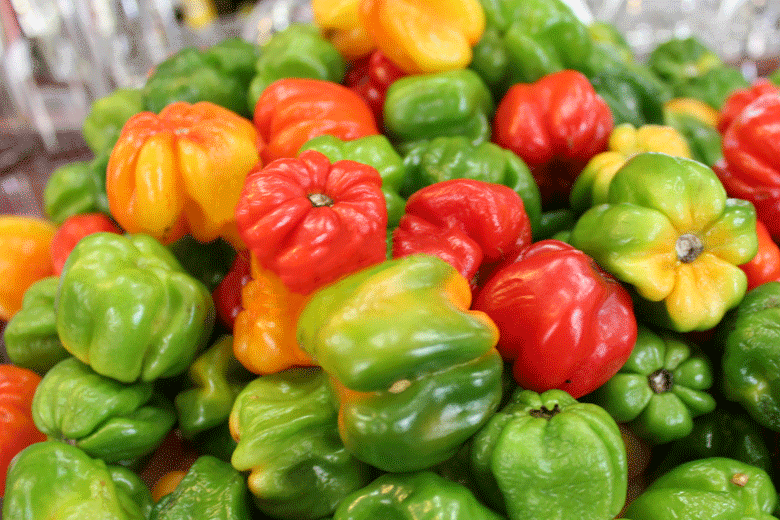
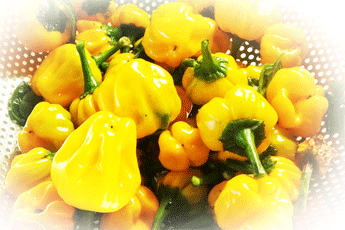








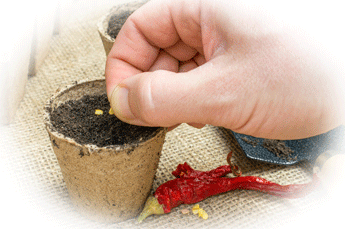
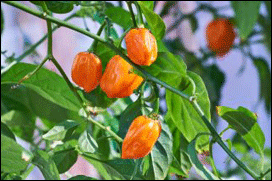
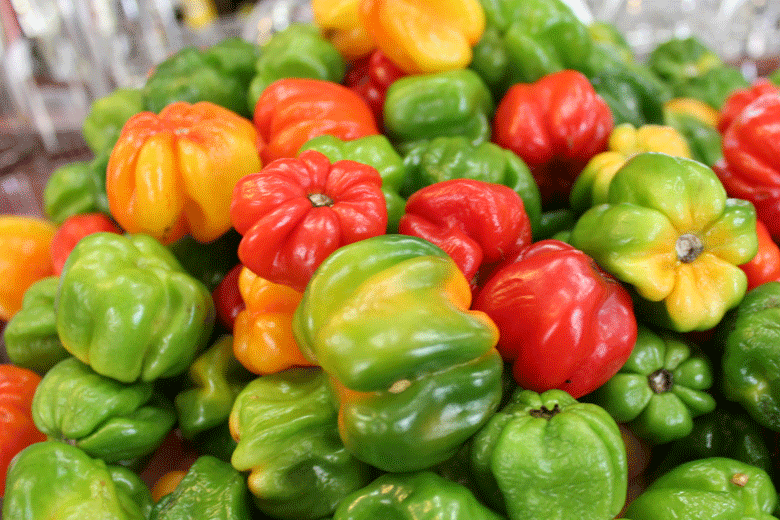
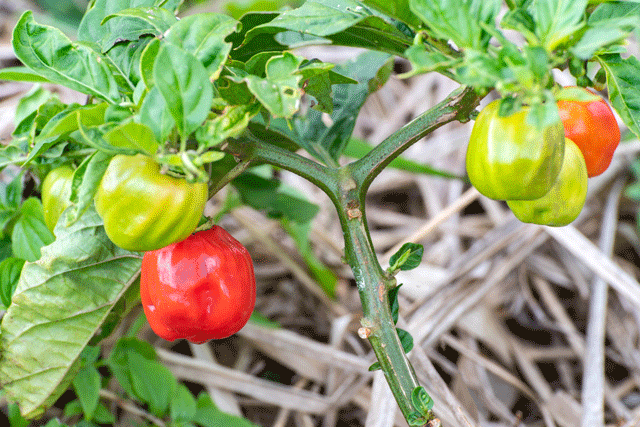
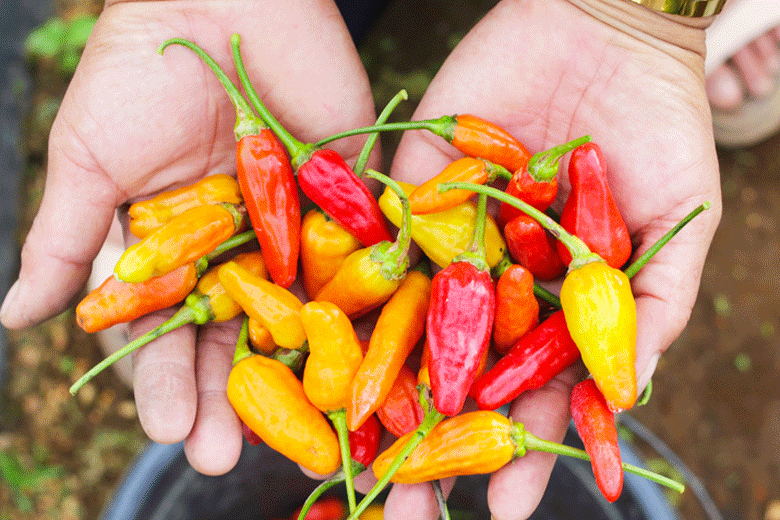



 Planning the season
Planning the season challenging
challenging